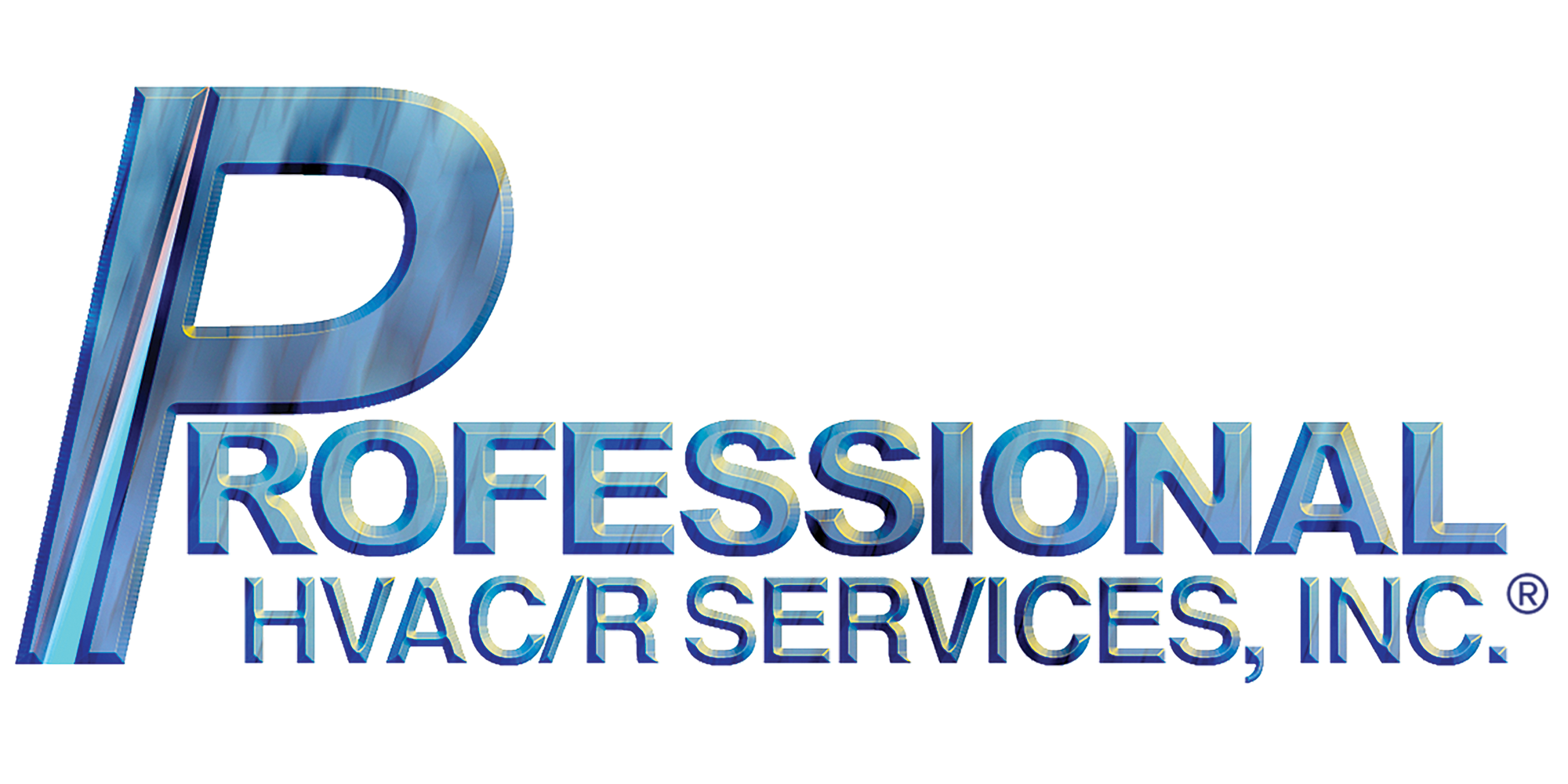For budget-conscious grocery stores, cafeterias and restaurants, there’s a natural inclination to choose commercial refrigeration equipment that comes with the lowest purchase price. But like any race, if you start off on the wrong foot, you’re sure to see the impact down the road. Performance issues that lead to costly repairs. Inefficient energy use that keeps utility bills high.
Rather than focusing only on the initial cost of commercial refrigeration equipment, it’s important to consider all operating costs throughout the duration of its life span — what’s known as the total cost of ownership (TCO). This assessment will help you truly understand the long-term value of your investment.
3 Elements to Consider in Total Cost Of Ownership
Are The Sales Floor Fixtures Prone to Condensation Issues?
Water condensation that forms under any refrigerated fixture when the air is stagnant will pool and find its way to either the sales floor or the partition wall (and subsequently, attract rodents). The results are either a degraded tile adhesive that mars the appearance of the floor, a slip-and-fall incident or a rotted drywall that grows black mold. In either case, repairs will be needed to preserve the integrity of the store and keep people safe.
Does Maintenance Involve Significant Downtime & Liabilities?
Due to the connected pipework between traditionally remotely piped refrigeration systems, a maintenance issue with one component often results in the designed operation being compromised. A loss of products ultimately leads to inconvenience for customers and the loss of related sales opportunities.
Legacy systems offer redundancy, which means the capacity and viability of the entire system allows for a certain amount of insurance in the case that a compressor fails. Yet, maintenance on these designs, if done properly, is expensive to perform — and there are shared components that can also fail and require costly repairs (e.g., piping, common condensers, etc.) . That’s why it’s important to consider the budget for maintenance before deciding to install one of these systems. After all, the maintenance budget tends to be the first thing to go in tough times.
Do These Units Require a Lot of Energy to Operate?
The harder commercial refrigeration equipment has to work to keep perishable items cold, the higher utility bills businesses will see month-over-month. While this can be due in part to poor design or original construction failings, extensive pipework can also be to blame. Moving refrigerant and lubricating oil requires velocity through long insulated pipe runs, which requires more refrigerant and thus a greater degree of energy.
How Pure Cold Fixtures Add Value Over Time
Pure Cold self-contained refrigerated display cases provide a number of benefits over the competition:
- Based on their proprietary design, Pure Cold fixtures include fans underneath that continuously circulate air from the entry point to the exit point, and direct it up the wall to keep all areas free of condensation and mold issues. A dry store is a happy store.
- To service a Pure Cold fixture, contractors simply have to use the pull-out maintenance tray, at the bottom of the fixture, to access refrigeration components. If repairs must take time, fixtures can be easily stored in a walk-in cooler since there are only four to five doors affected, not an entire department.
- Pure Cold fixtures are a plug-and-play solution, requiring only an electrical outlet to operate. Without the need for extensive pipework and mechanics, these fixtures act more like a home refrigerator than a commercial one and require less energy. All the while, they are easy to maintain — no oil or drier changes needed; no failures due to high amperage draws; and no large condenser that can (and will) leak and put markets out of business.
This is just a sample of the value that Pure Cold fixtures provide over time. To learn more about the benefits of Pure Cold refrigeration equipment — and how the team at Pro HVAC/R can help install and maintain these fixtures — contact us today.

